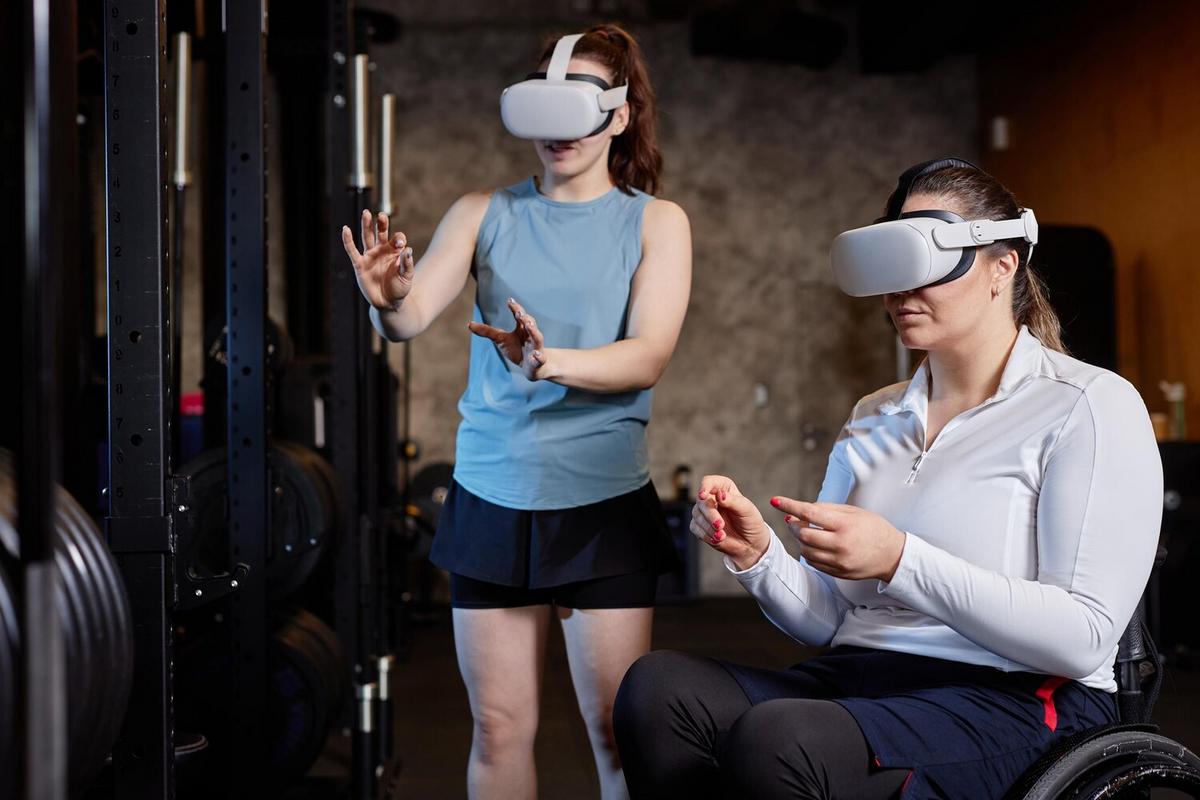
Hydration Hacks: Staying Fueled During Intense Workouts
When you’re pushing your limits at the gym or on the track, staying hydrated is crucial to maintaining performance and avoiding fatigue. Hydration isn’t just about drinking water; it’s about maintaining the right balance of fluids and electrolytes in your body. Let’s explore some practical hydration hacks that can keep you fueled during intense workouts.
Understanding Hydration Needs
Hydration is more than just quenching thirst. According to the American College of Sports Medicine, athletes should tailor their hydration strategies based on the intensity and duration of their workouts. For workouts lasting more than an hour, it’s not just water loss but also essential electrolytes that need replenishing.
Why Electrolytes Matter
Electrolytes such as sodium, potassium, and magnesium play critical roles in muscle function and energy levels. A study from the Journal of Athletic Training highlights that even a 2% loss in body weight through sweat can significantly affect athletic performance.
Hydration Hacks for Athletes
- Pre-Hydrate: Start your workout well-hydrated by drinking 16-20 ounces of water 2-3 hours before exercise.
- Electrolyte Drinks: Consider beverages that replenish lost salts, especially for prolonged exercise.
- Monitor Sweat Loss: Weigh yourself before and after workouts to determine how much fluid you’ve lost.
- Coconut Water: A natural alternative for electrolyte replenishment.
Personal Experience
Take Alex, an avid marathon runner, who found that integrating electrolyte tablets into his regimen helped reduce muscle cramps during long runs. By focusing on both fluid and electrolyte intake, he improved his recovery time and overall performance.
Hydration Table
| Activity Duration | Fluid Intake Recommendation |
|---|---|
| 0-30 minutes | Water: 8-10 oz |
| 30-60 minutes | Water: 10-20 oz |
| 60-90 minutes | Electrolyte Drink: 20-30 oz |
| 90+ minutes | Electrolyte Drink: 30-40 oz |
| Post-Workout | Water: 16-24 oz per pound lost |
FAQs on Hydration
How can I tell if I’m dehydrated during a workout?
Common signs include dry mouth, dizziness, and reduced sweat output.
Is it possible to drink too much water?
Yes, overhydration can lead to hyponatremia, a dangerous drop in blood sodium levels.
Conclusion
Staying hydrated goes beyond just drinking when thirsty; it involves a strategic approach to maintaining fluid and electrolyte balance. By incorporating these hydration hacks into your routine, you can enhance your performance and recovery, ensuring you stay at the top of your game. So grab that water bottle and make hydration a priority in your next workout session!


